Type-C earphones represent a shift in how wired audio connects to our devices, primarily driven by the increasing adoption of the versatile USB-C port. Unlike traditional 3.5mm headphones that transmit analog audio, USB-C earphones can transmit digital audio data over the connection. This means that they often incorporate their own Digital-to-Analog Converter (DAC) and amplifier directly within the headset or connector. This internal DAC can potentially bypass the phone’s internal audio circuitry, which, in theory, could lead to cleaner and higher-quality audio output by reducing interference from other components within the device.
The reversible nature of the USB-C connector is a significant convenience, allowing users to plug it in either way without fumbling. Beyond just audio, the USB-C port is capable of multiple functionalities, including charging and data transfer, which allows for more sophisticated communication between the device and the headphones. This opens the door for enhanced features such as inline controls that are more reliable and offer more functions (like EQ adjustments), and more consistent power supply for features like Active Noise Cancellation (ANC) directly powered by the device.
However, the widespread adoption of USB-C earphones hasn’t been without challenges. Compatibility can sometimes be inconsistent due to variations in how manufacturers implement the USB-C audio standard. Some devices might support digital audio over USB-C, while others might only support an “Audio Accessory Mode” which sends analog audio, requiring a specific type of USB-C earphone or adapter. This can lead to situations where certain functions, like the built-in microphone, might not work universally across all devices.
Despite these nuances, many major brands offer their own lines of Type-C earphones, often touting superior sound quality and advanced features.
- Xiaomi Type-C Earphones: Often feature a 12.4mm large dynamic driver for high-quality sound, an HD microphone with digital noise cancellation for clear calls, ergonomic design for comfort, three-button inline controls for music and calls, a durable TPE tangle-resistant cable, and sometimes an IP54 dust and water resistance rating. They emphasize plug-and-play functionality.
- Samsung Type-C Earphones (often tuned by AKG): Known for delivering balanced sound with clear and rich audio. They typically feature 2-way speakers, a built-in DAC for enhanced audio quality, lightweight and comfortable in-ear designs, integrated in-line controls, and tangle-free fabric cables. They are designed to separate left and right signals more effectively than 3.5mm headphones.
- JBL Type-C Earphones (e.g., JBL Tune 310C USB-C): Often boast “JBL Pure Bass sound” and are Hi-Res Audio certified. They typically feature 9mm dynamic drivers, a 3-button remote with a microphone, EQ presets control via the remote, and tangle-free flat cables. They aim for broad compatibility with PCs, mobiles, and gaming devices.
- Sony: While Sony offers a vast range of audio products, their primary focus in wired headphones often remains on 3.5mm or professional-grade USB solutions for PC. Their wireless headphones (like the WI-C100) are more prevalent and feature USB-C for charging, but dedicated wired Type-C earphones are less commonly highlighted as a core product line.


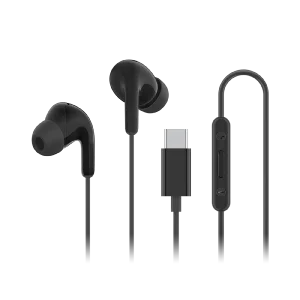
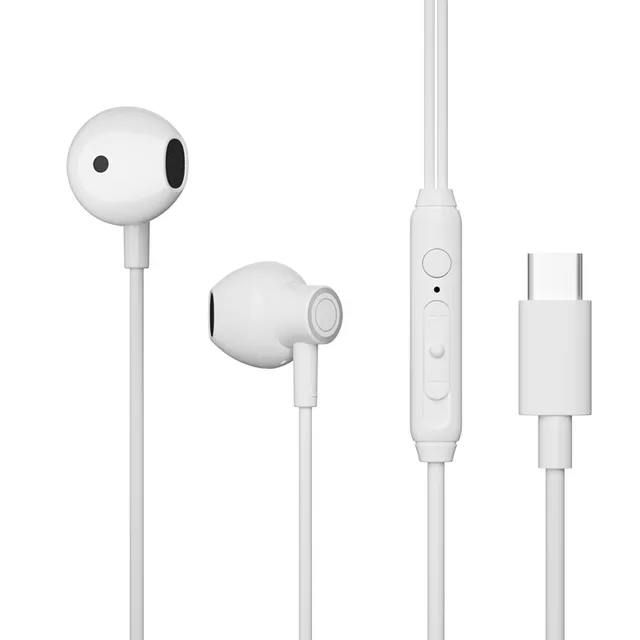
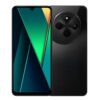
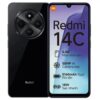

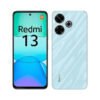
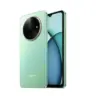

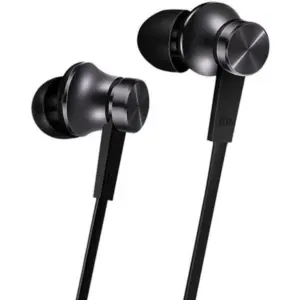
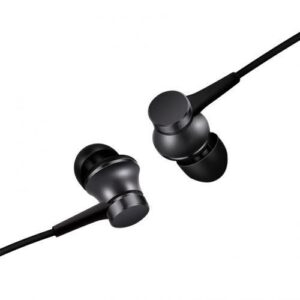
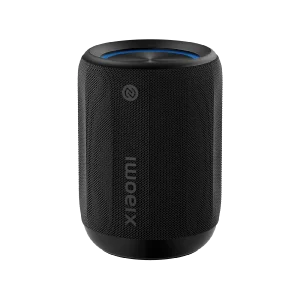
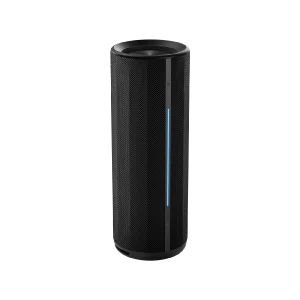
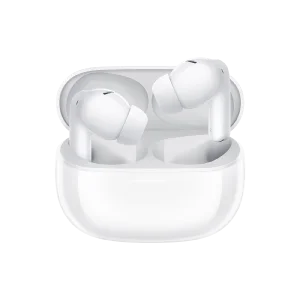
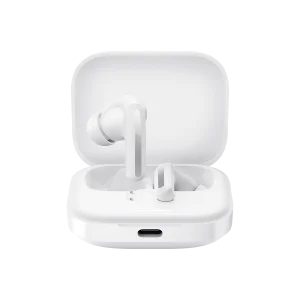
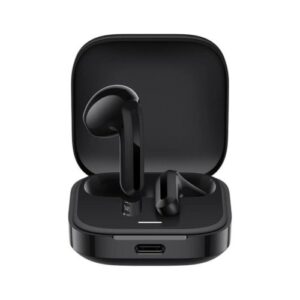
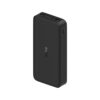








Reviews
There are no reviews yet.